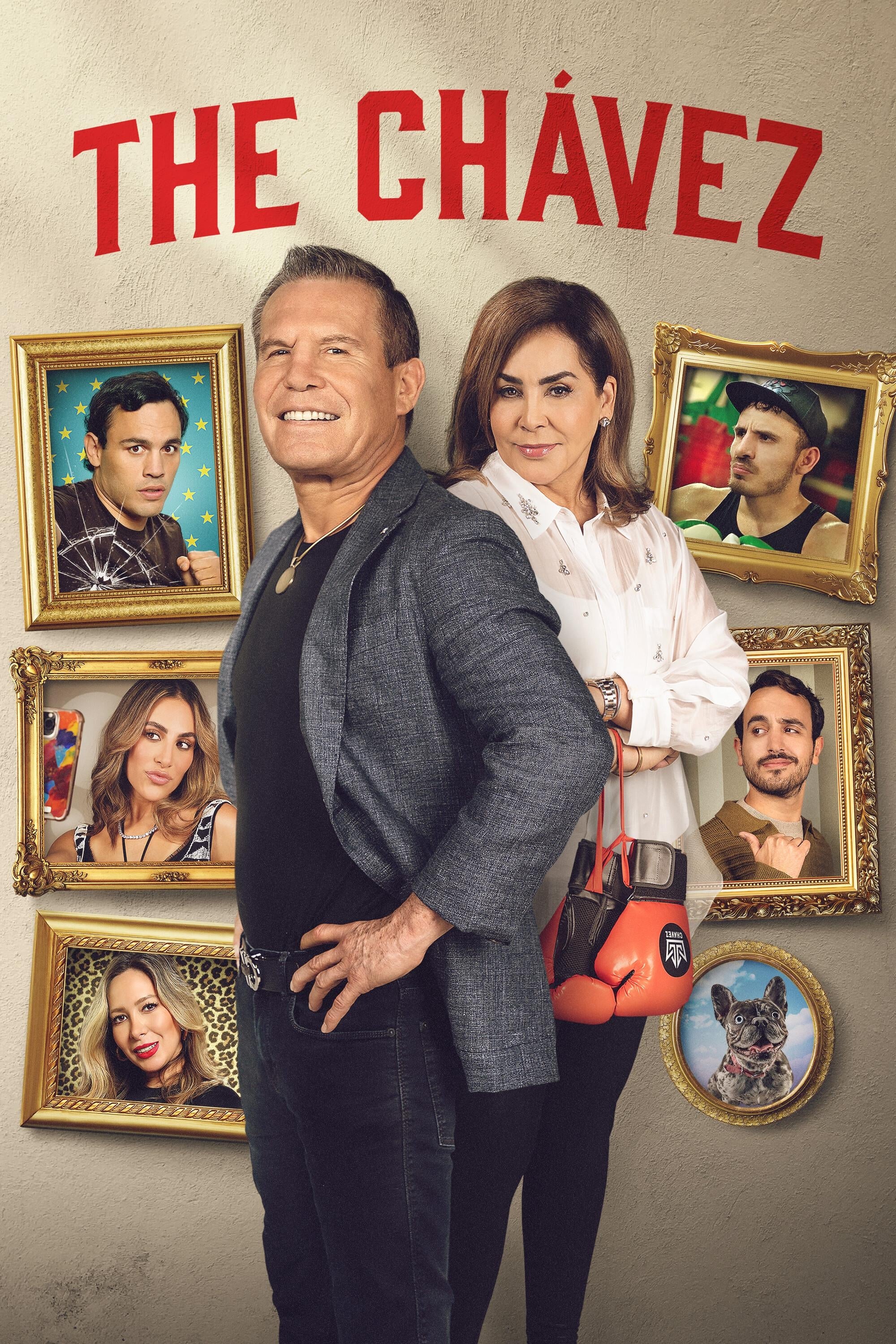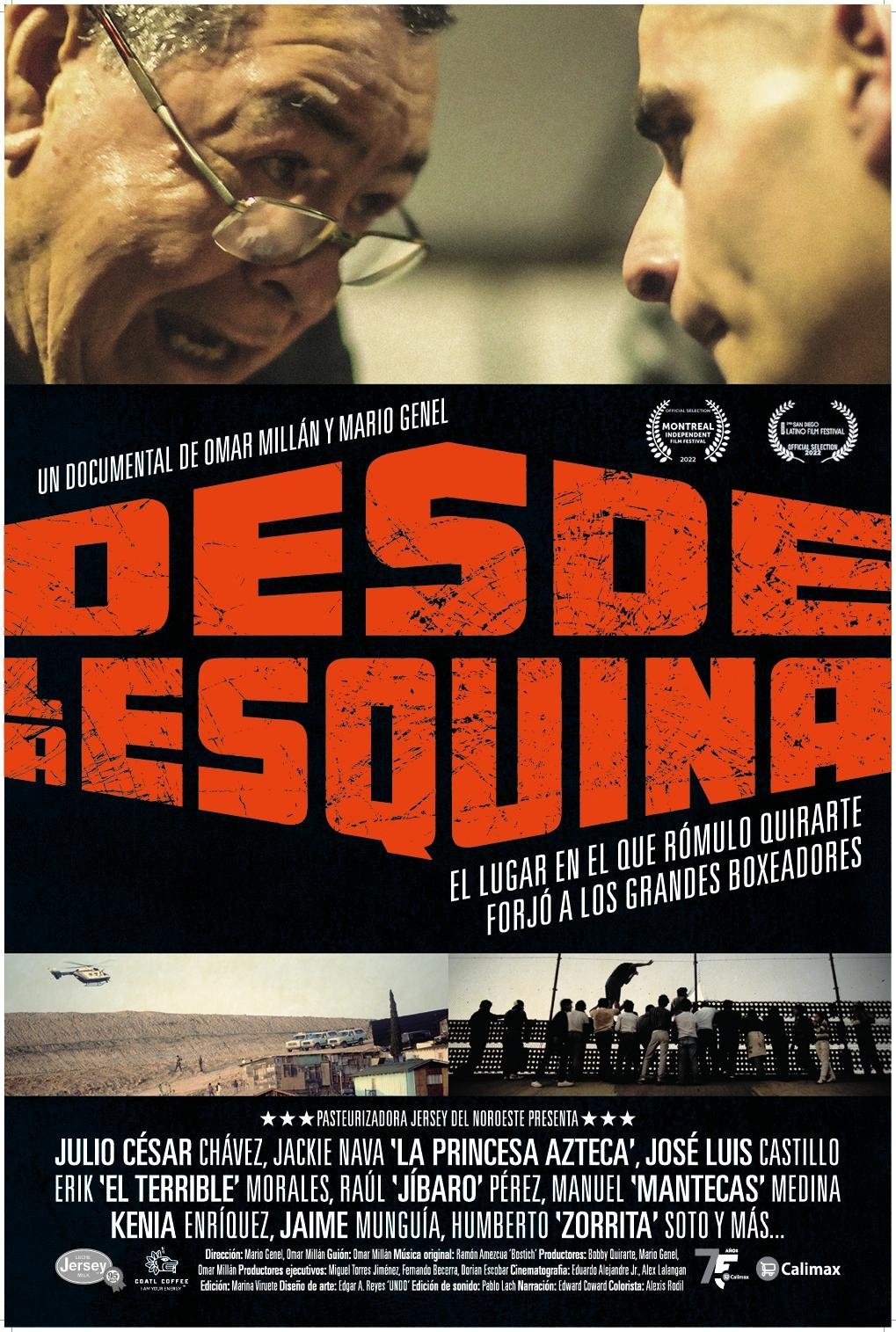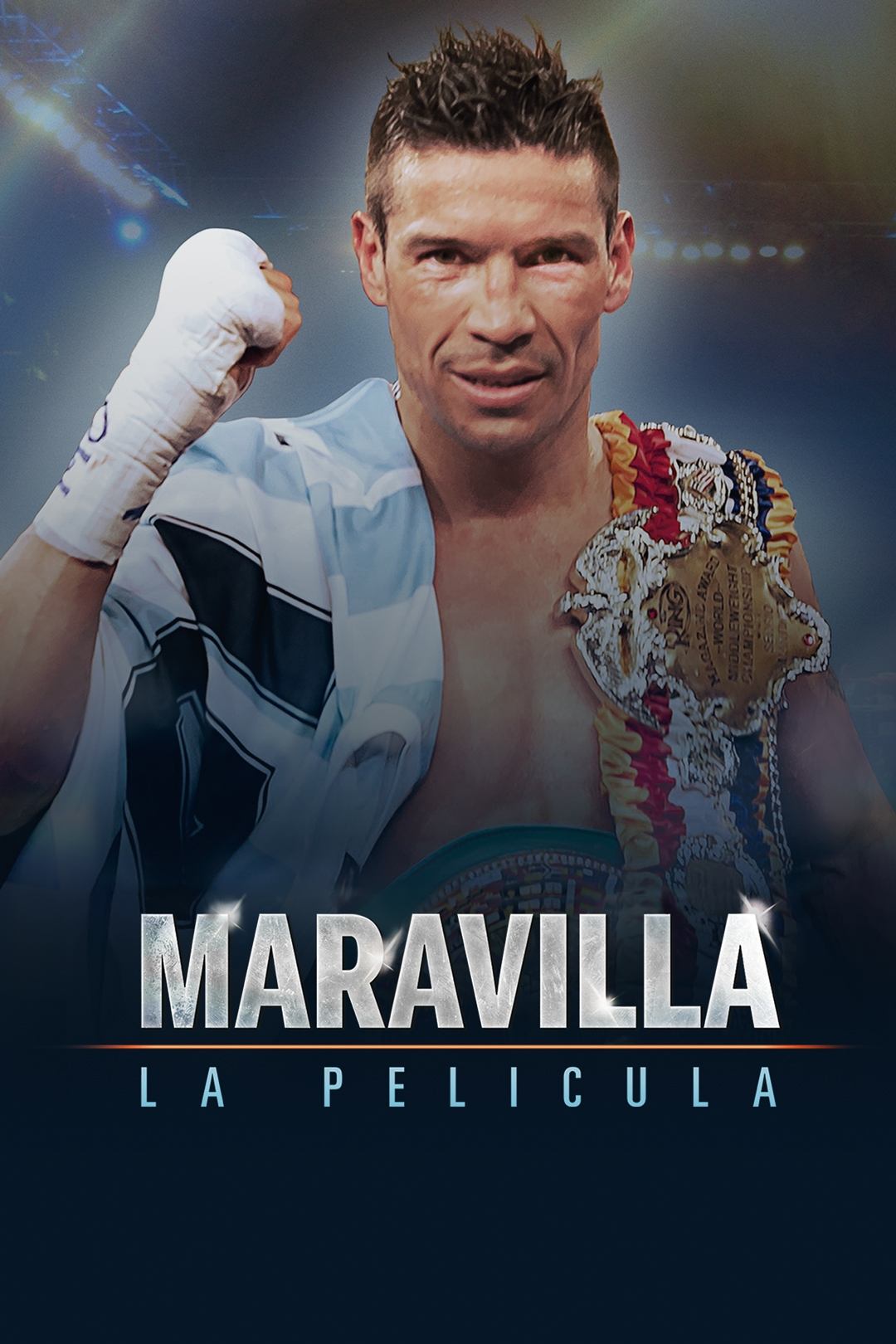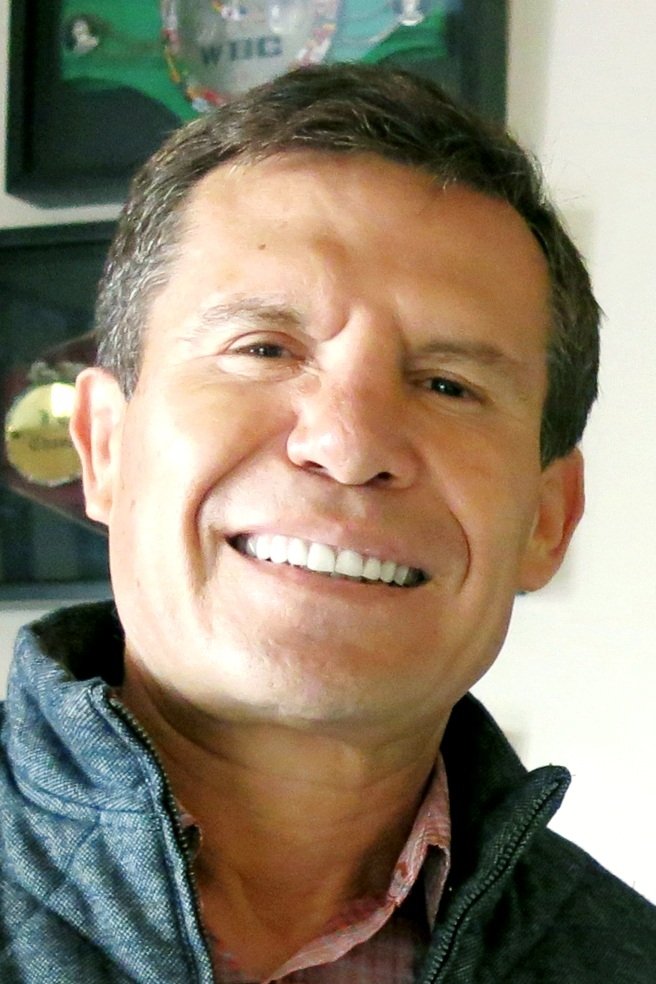
Overview
Julio César Chávez
Known For
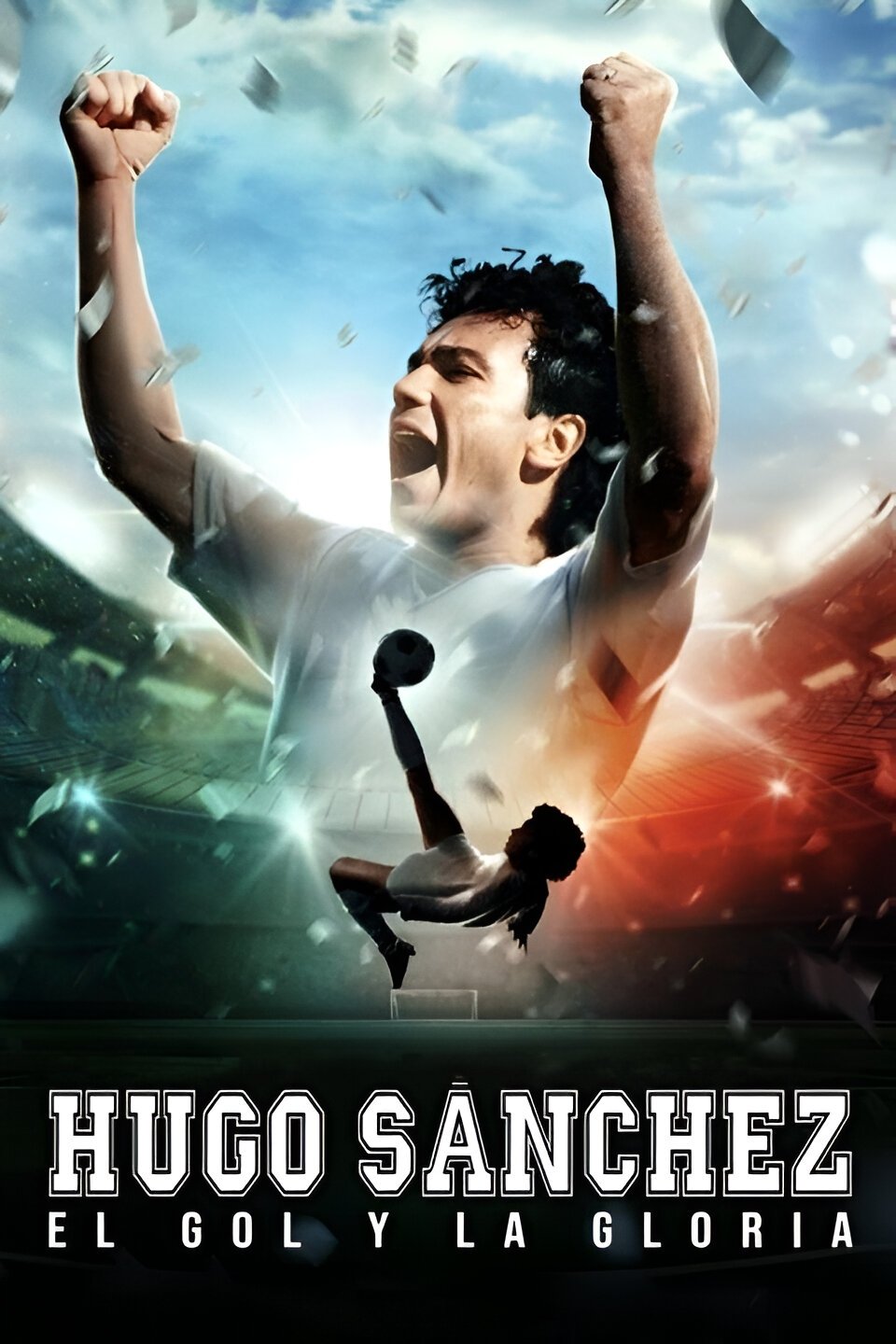
Hugo Sánchez, the Goal and the Glory
The definitive chronicle of the best Mexican athlete in history....
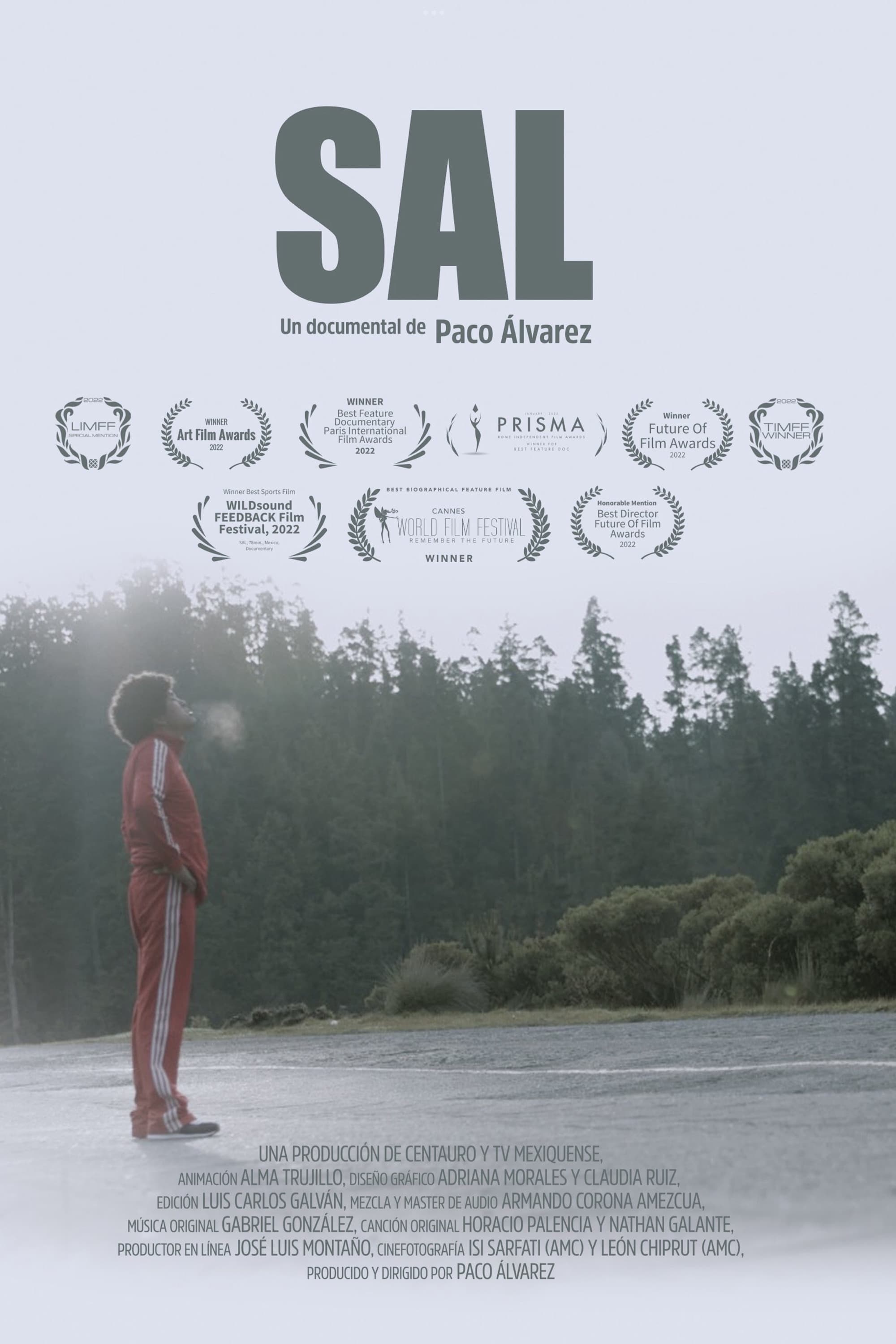
Sal
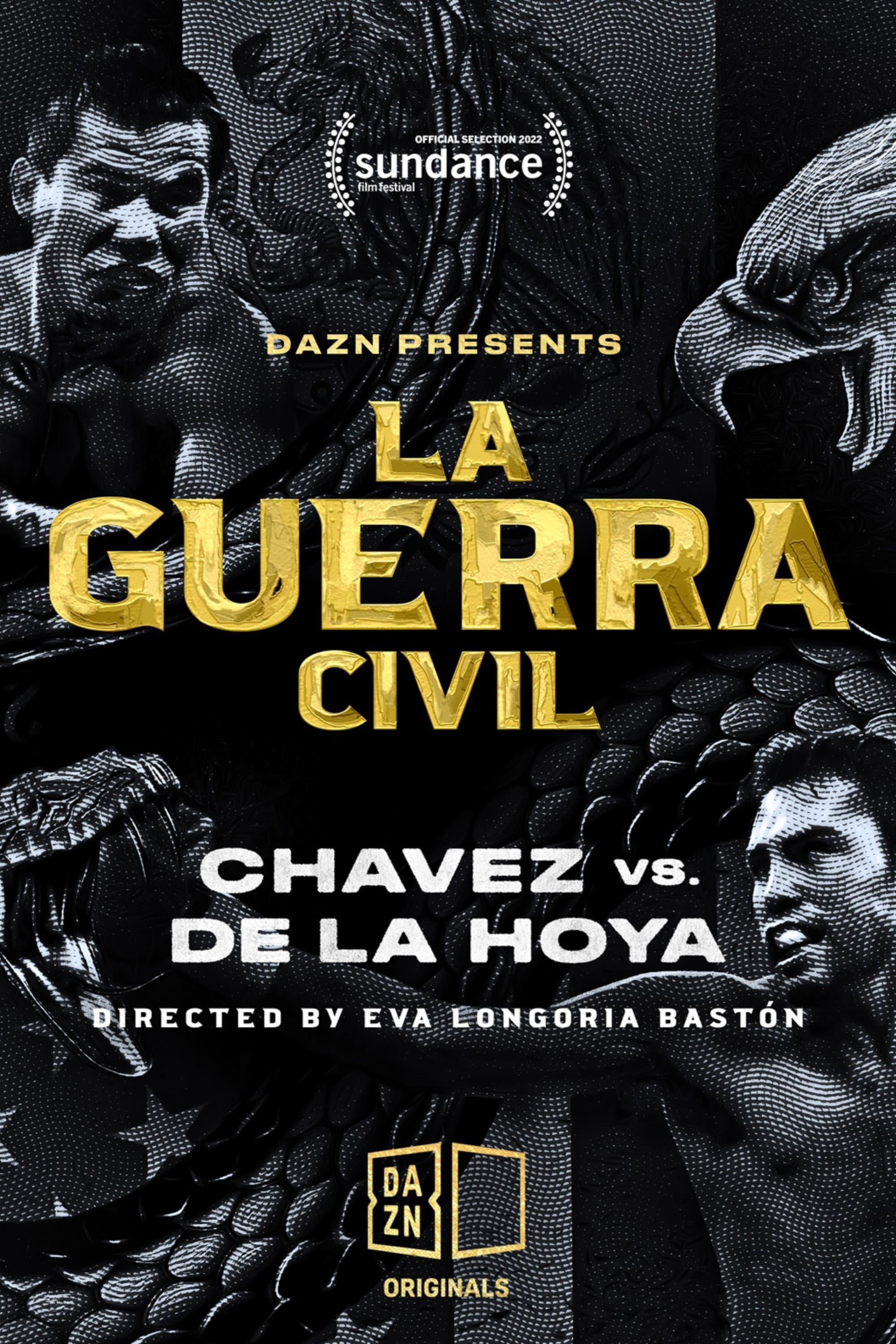
The Civil War: Chavez vs. de la Hoya
For Mexican and Mexican American communities, boxing is more than...
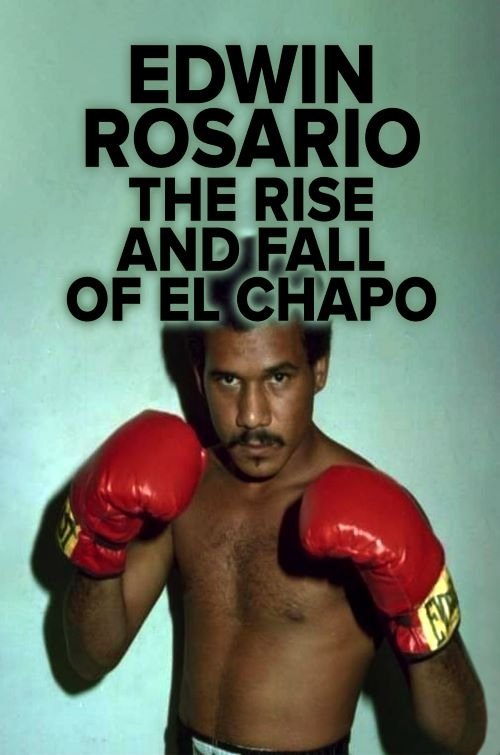
Edwin Rosario : The Rise & Fall of El Chapo
A look back at Edwin Rosario, one of boxing's premiere...
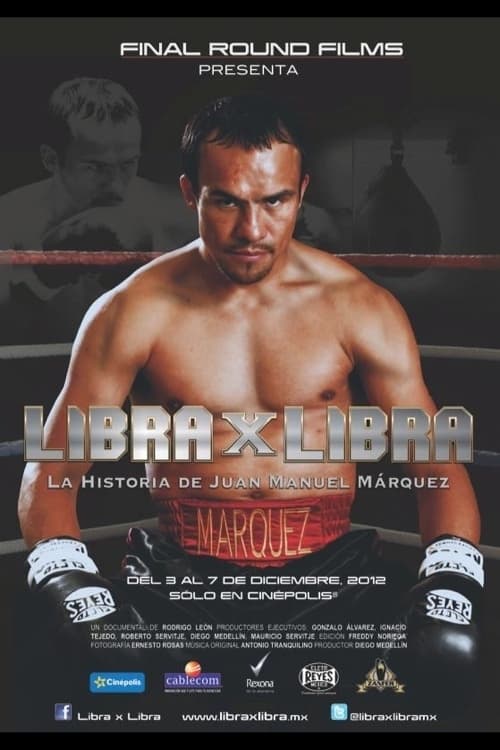
Pound x Pound: The History of Juan Manuel Márquez
Pound x Pound introduces you to the world of boxing...
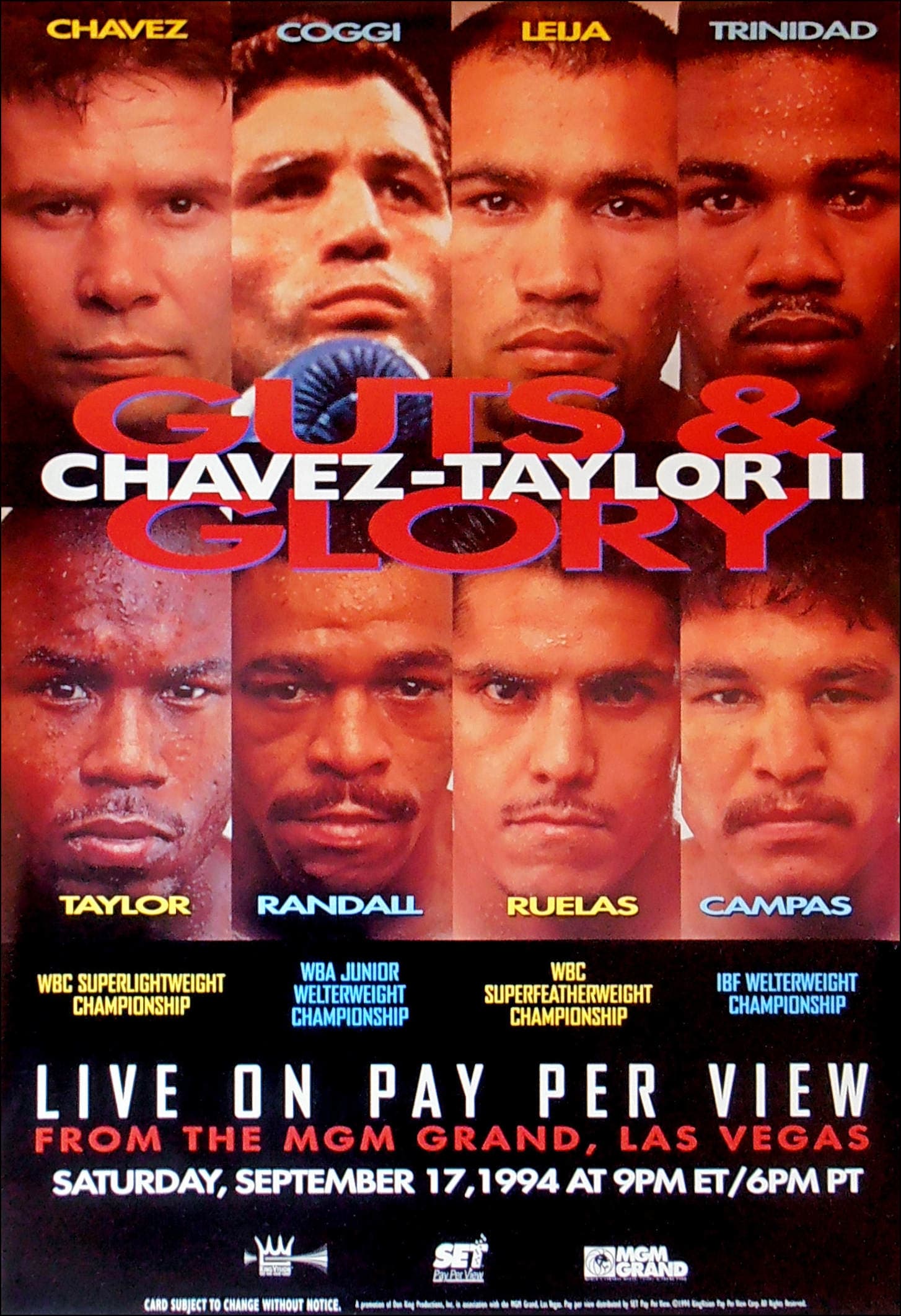
Julio César Chávez vs. Meldrick Taylor II
1994-09-17 - Julio César Chávez vs. Meldrick Taylor II

Julio César Chávez vs. Meldrick Taylor I
Julio César Chávez vs. Meldrick Taylor, also billed as Thunder...
Biography
Julio César Chávez González (born July 12, 1962), also known as Julio César Chávez Sr., is a Mexican former professional boxer who competed from 1980 to 2005. A multiple-time world champion in three weight divisions, he was listed by The Ring magazine as the world's best boxer, pound for pound, from 1990 to 1993. During his career he held the WBC super featherweight title from 1984 to 1987, the WBA and WBC lightweight titles between 1987 and 1989, the WBC light welterweight title twice between 1989 and 1996, and the IBF light welterweight title from 1990 to 1991. He also held the Ring magazine and lineal lightweight titles from 1988 to 1989, and the lineal light welterweight title twice between 1990 and 1996. Chávez was named Fighter of the Year for 1987 and 1990 by the Boxing Writers Association of America and The Ring respectively.
